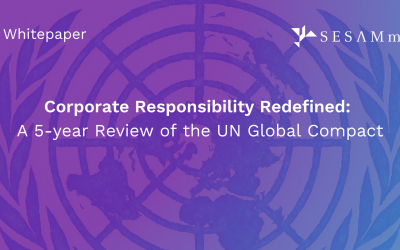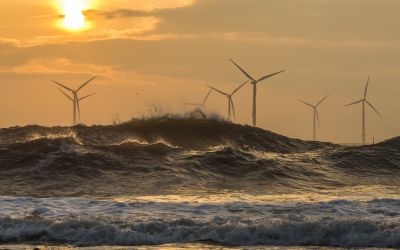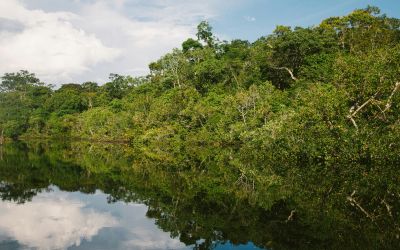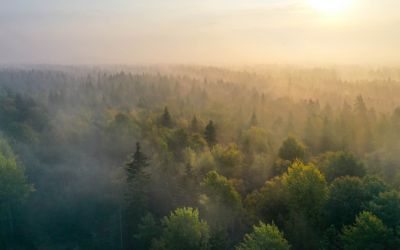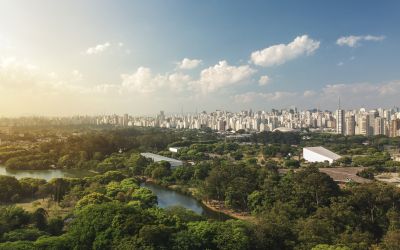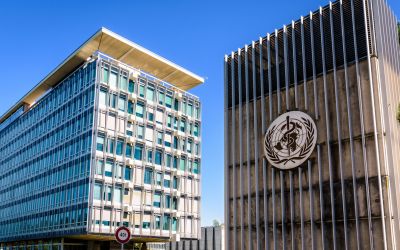Forests and Carbon: A Guide for Buyers and Policymakers
Global enthusiasm for using natural climate solutions to fight climate change is on the rise, with research showing nature-based strategies could accomplish about a third of the emissions reductions needed to reach the Paris 2-degrees-Celsius target.

Global enthusiasm for using natural climate solutions to fight climate change is on the rise, with research showing nature-based strategies could accomplish about a third of the emissions reductions needed to reach the Paris 2-degrees-Celsius target. Forest-based solutions account for the lion’s share of this total potential, leading to bold initiatives like the World Economic Forum’s “One Trillion Trees” initiative. Across the globe, policymakers, companies, and NGOs are rushing to find shovelready forest projects that can create Real, Immediate, Scalable, and Efficient (RISE) climate impact.
Forest carbon strategies have massive potential, but there are several known pitfalls that can dramatically reduce their effectiveness. Currently, the two main forest carbon strategies in the US are afforestation and the CARB (California Air Resources Board) Forest Offset Protocol— both of which are well-intentioned but suffer from structural issues which reduce their RISE impact. Afforestation, or planting trees on previously unforested land, takes decades to sequester meaningful amounts of carbon. The CARB protocol, under which over a billion dollars worth of forest carbon credits have been traded, may be vulnerable to adverse selection and other issues stemming from its design. Both of these strategies will be discussed in detail below.
Over the next few decades, hundreds of billions of dollars will be spent fighting climate change with the express goal of reducing future costs to society, and a significant portion will be directed to forest-based strategies. This paper lays out a framework and a solution for ensuring that money is spent wisely.
The answer? A highly targeted, short-term harvest deferral strategy, accessible to all landowners and underpinned by high-resolution forest data on every acre. This market-based solution ensures that each year dollars flow to the right acres at the right time to change landowner behavior and create RISE climate impact.

